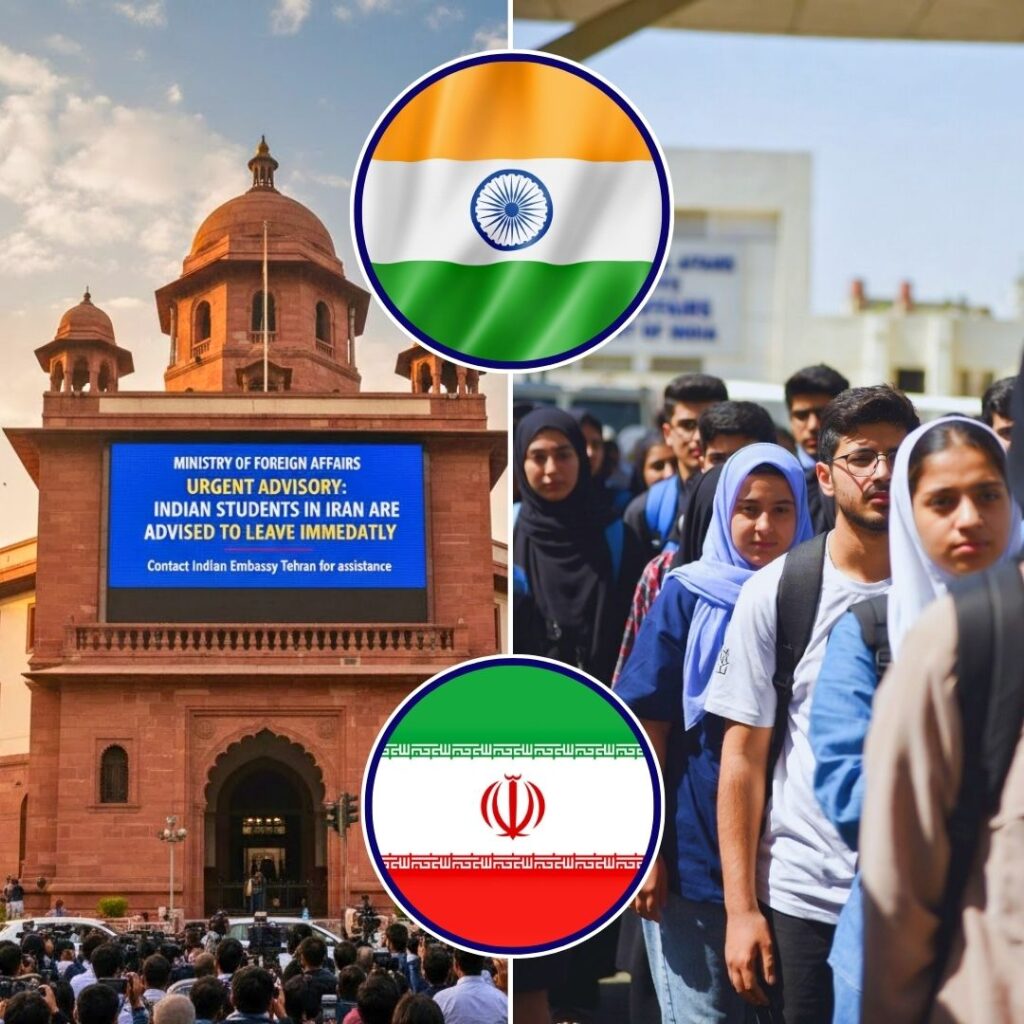India, the world’s sixth-biggest economy in 2020, will again overtake the UK to become the fifth largest in 2025 and race to the third spot by 2030, according to a Centre for Economics and Business Research (CEBR) report published on Saturday.
India had overtaken the UK in 2019 to become the fifth-largest economy in the world but has been relegated to 6th spot in 2020. The UK appears to have overtaken India again during 2020 as a result of the weakness of the rupee, it said.
The CEBR said that the Indian economy will expand by nine per cent in 2021 and by seven per cent in 2022, reported The Indian Express.
‘Growth will naturally slow as India becomes more economically developed, with the annual GDP growth expected to sink to 5.8 per cent in 2035,’ it said.
‘This growth trajectory will see India becoming the world’s third-largest economy by 2030, overtaking the UK in 2025, Germany in 2027 and Japan in 2030,’ it added.
It has also been predicted that China will overtake the US in 2028 to become the world’s biggest economy, five years earlier than previously predicted. This is because of the contrasting recoveries of the two countries from COVID-19 pandemic.
Japan would remain the world’s third-biggest economy, in dollar terms, until the early 2030s when it would be overtaken by India, pushing Germany down from fourth to fifth.
The think tank also said that India had been losing momentum even before the shock delivered by the COVID-19 pandemic.
The rate of GDP growth sank to a more than ten-year low of 4.2 per cent in 2019, down from ‘6.1 per cent the previous year and around half the 8.3 per cent growth rate recorded in 2016’.
The slow down has been attributed to a confluence of factors like fragility in the banking system, adjustment to reforms and deceleration of global trade.
The think tank also mentioned that the pandemic has been a great economic catastrophe for India, with more than 140,000 deaths recorded as of the middle of December.
While this is the highest death toll outside of the US in absolute terms, it equates to around 10 deaths per 100,000, which is a significantly lower figure than has been seen in much of Europe and the Americas.
‘GDP in Q2 (April-June) 2020 was 23.9 per cent below its 2019 level, indicating that nearly a quarter of the country’s economic activity was wiped out by the drying up of global demand and the collapse of domestic demand that accompanied the series of strict national lockdowns,’ it said.
But as the restrictions were lifted, most parts of the economy sprang back into action, although the outlook remains below the pre-pandemic levels.
An important driver of India’s economic recovery thus far has been the agricultural sector, which has been blessed with a bountiful harvest.
‘In the medium to long term, reforms such as the 2016 demonetisation and more recently the controversial efforts to liberalise the agricultural sector can deliver economic benefits,’ the think tank said.
However, with the majority of the Indian workforce employed in the agricultural sector, the reform process requires a delicate and gradual approach that balances the need for longer-term efficiency gains with the need to support incomes in the short-term.












